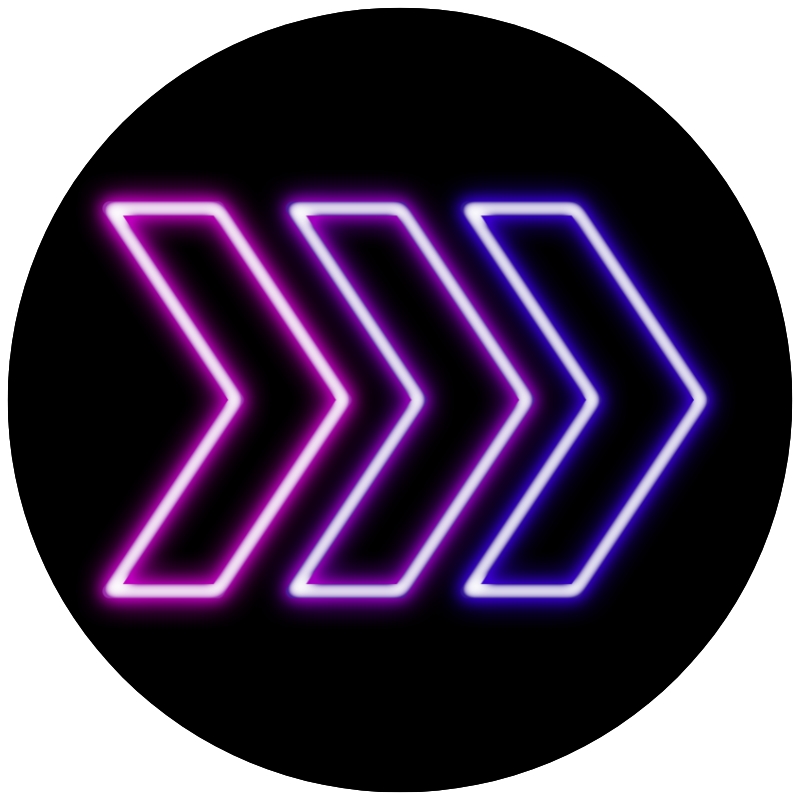
The rise of AI in creative fields has stirred a mix of excitement, curiosity, and for some, fear.
AI’s expanding capabilities to generate stunning artworks, mimic artistic styles, and aid in creating visuals that once required intense skill and practice have led to both admiration and apprehension in the art community.
But why are some artists afraid of AI?
Here, we’ll dive into the root causes of this fear, the challenges AI presents, and the potential pathways for artists to embrace AI as a valuable tool.
⚡ Fear of Job Loss and Obsolescence
One of the most significant concerns for artists is the fear that AI could replace them, rendering traditional artistic skills less valuable.
With tools like DALL-E, Midjourney, and Stable Diffusion creating images with just a text prompt, the worry is that clients and companies may prefer AI-generated art for its speed and low cost.
For artists who have spent years honing their craft, the idea that their work could be replaced by algorithms can be daunting and disheartening.
AI doesn’t replace the human experience or intuition behind art, but the fear remains because these tools are becoming more sophisticated and accessible, allowing nearly anyone to produce art-like images.
This ease of creation makes some artists feel that their hard-earned skills are undervalued or at risk.
🔍 Ethical and Copyright Concerns
AI in art raises complex ethical and copyright issues.
Many AI tools are trained on vast datasets, which often include artworks from various artists without explicit permission or compensation.
This “training” can lead to AI generating works that resemble the styles of specific artists, sparking debates about originality, intellectual property, and fair use.
Artists fear losing control over their unique styles, as AI can replicate them without proper credit.
The ethical dilemma here is that AI may indirectly “borrow” from countless artists, raising concerns about ownership, exploitation, and the future of intellectual property rights in the digital art space.
📜 Loss of Authenticity and Emotional Depth
Art is often a deeply personal process that captures an artist’s unique perspective, emotions, and experiences.
For many, art is more than a visual product; it’s a medium to express thoughts, challenge ideas, or share emotions.
Artists worry that AI, which lacks human consciousness and emotional depth, could lead to art that feels cold, repetitive, or devoid of meaning.
There’s a fear that the public might lose appreciation for the nuances and backstories of human-made art if AI creations become the norm.
For artists, this dilution of artistic authenticity can be a significant cause for concern, as they wonder if the audience can still connect with their art on a deep, emotional level.
📉 Increased Competition and Decreased Value
As AI-generated art floods the market, artists face the challenge of distinguishing themselves amid a sea of digital creations.
The ability of AI to produce visually appealing art quickly and cheaply puts pressure on traditional artists to defend their value.
This increased competition can drive down the perceived value of art, as the abundance of digital imagery may lead to a race to the bottom in pricing, especially for commercial projects or freelance work.
This scenario leaves some artists feeling threatened by an over-saturation of AI art and forces them to reconsider their pricing structures, business models, and even career longevity in the face of AI’s seemingly endless output.
🧰 Loss of Creative Control and Process
For many artists, the process of creation—sketching, brainstorming, experimenting with techniques, making mistakes—is as valuable as the final artwork.
With AI, the process can feel less hands-on, removing the tactile joy and discovery that comes with traditional or digital art.
While some AI tools do offer customization options, the act of creation becomes more about refining prompts than engaging directly with the medium.
Artists fear that reliance on AI might erode traditional skills or that new generations may miss out on learning foundational techniques.
This detachment from the creative process can make artists feel alienated, as if the essence of artistry is slipping away.
🎨 Embracing AI: Pathways for Artists
While these fears are valid and understandable, it’s important to note that AI also opens doors to new opportunities.
Rather than replacing artists, AI can be seen as a tool to enhance and expand artistic possibilities. Here’s how:
- AI as a Creative Assistant: AI can handle repetitive tasks or offer quick ideation, freeing artists to focus on refining and personalizing their work. Artists can use AI for brainstorming, generating references, and exploring new styles without abandoning their traditional practices.
- Blending AI with Traditional Art: Mixed media art that combines AI elements with traditional techniques can result in innovative, hybrid creations. Artists can layer AI-generated textures with hand-painted elements, or use AI as a foundation to build unique, personalized works.
- Skill Augmentation: AI can offer learning opportunities and help artists develop new digital skills. By engaging with AI tools, artists can improve their adaptability, gain tech fluency, and experiment with techniques that can add versatility to their portfolios.
- Advocacy for Ethical AI Use: Artists can take an active role in the AI dialogue, advocating for ethical data use, fair compensation, and transparent practices. By voicing their concerns, artists can shape policies and ensure AI development respects and benefits the creative community.
✅ Conclusion
The fear surrounding AI in art reflects legitimate concerns about job security, artistic integrity, and the evolving role of creativity in a digital age.
However, AI doesn’t have to be a threat—it can be an asset.
By recognizing AI as a tool rather than a replacement, artists can harness its potential while staying true to their craft.
Embracing this technology thoughtfully and ethically can pave the way for a future where human creativity and AI innovation coexist, enriching the art world with endless new possibilities.
📣 Free Guide
Never Run Out of Ideas Again: The Ultimate Guide to Ai Art Prompts

Leave a Reply